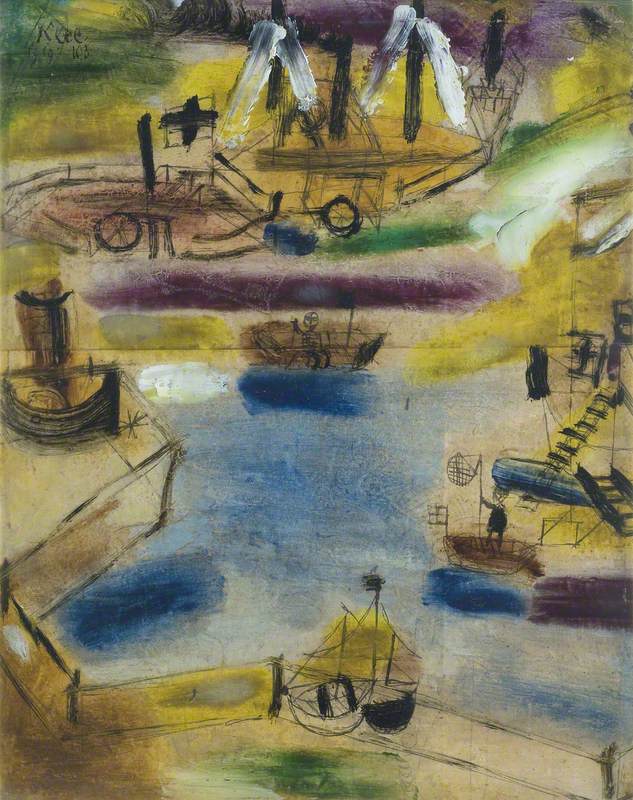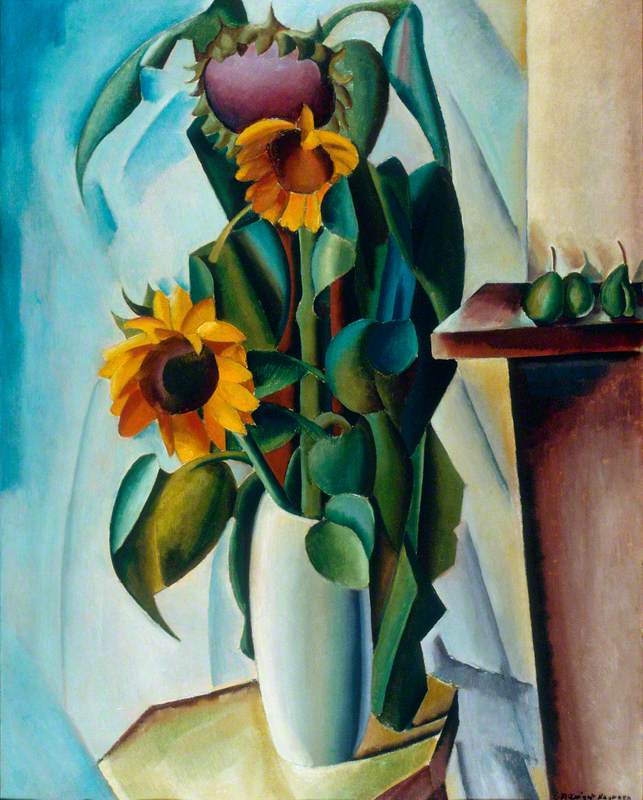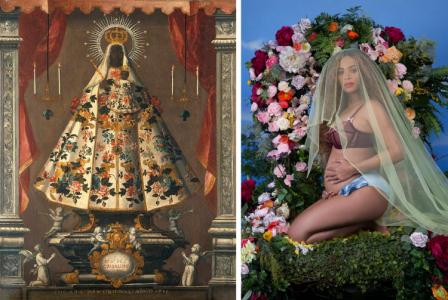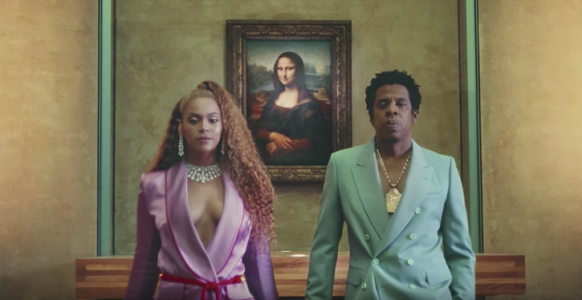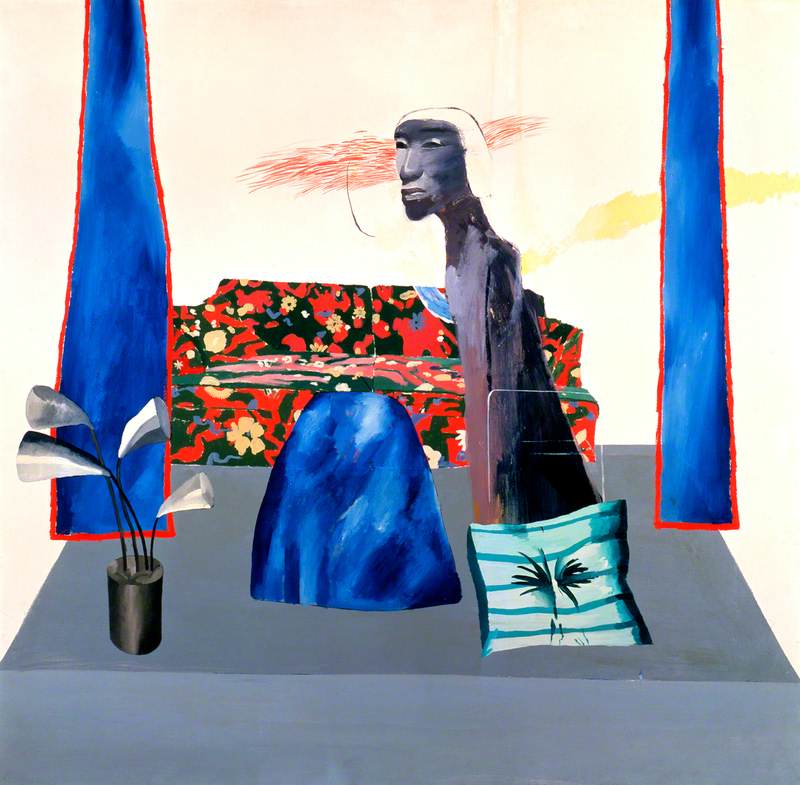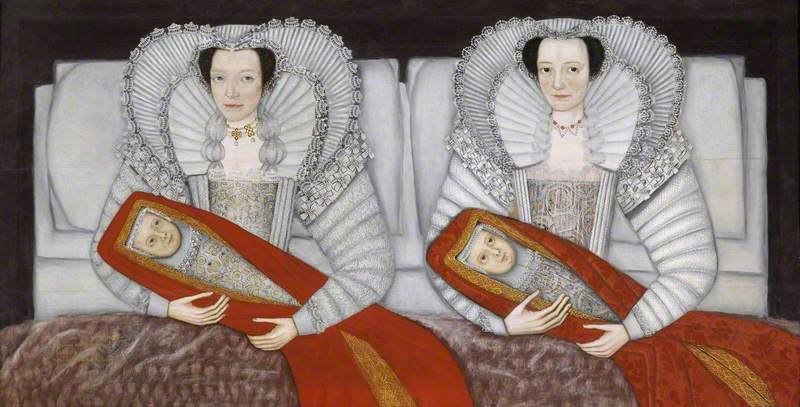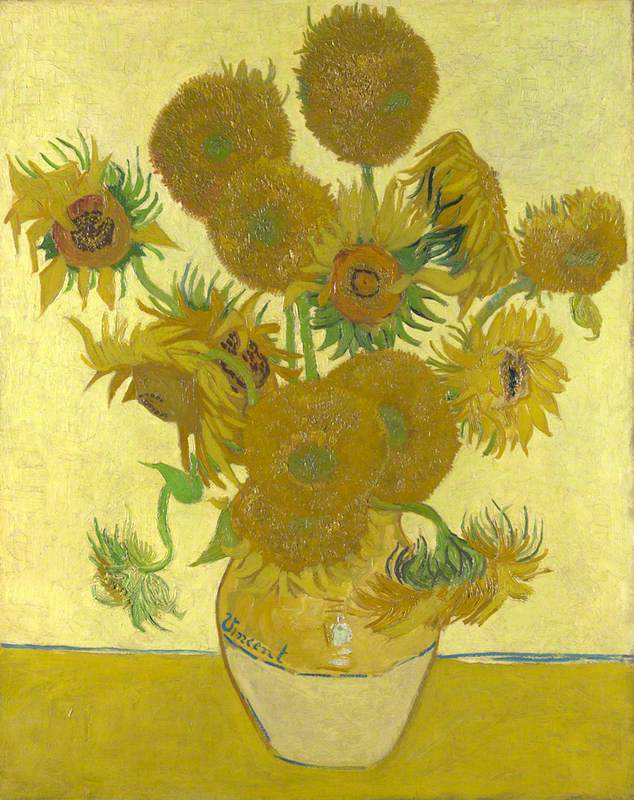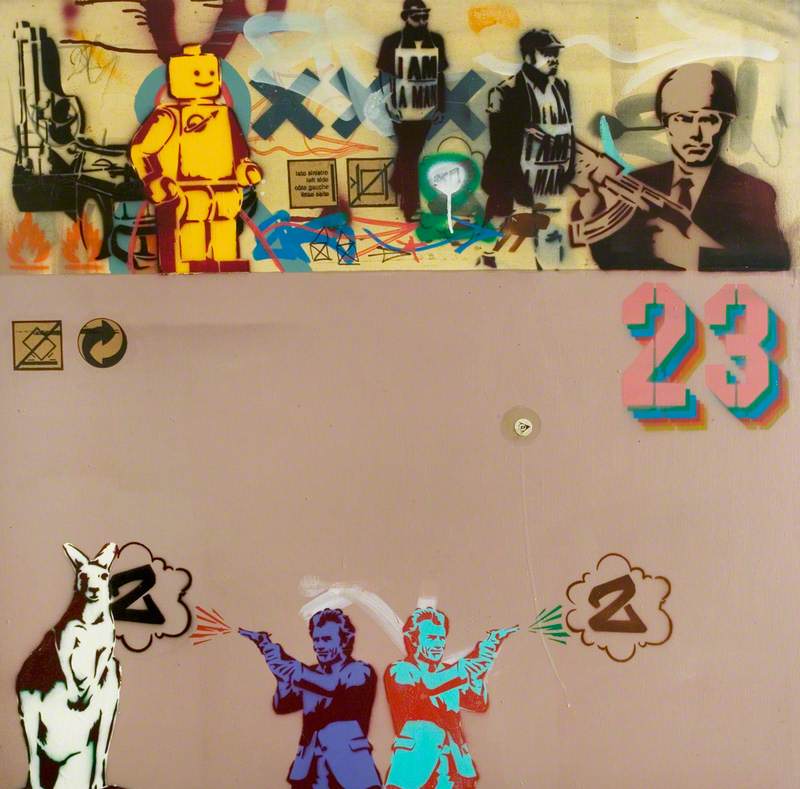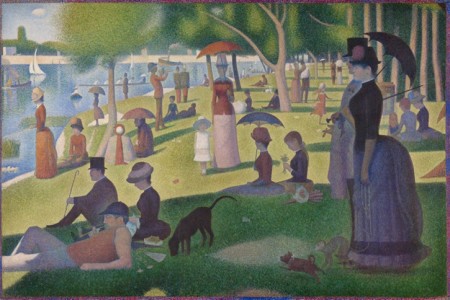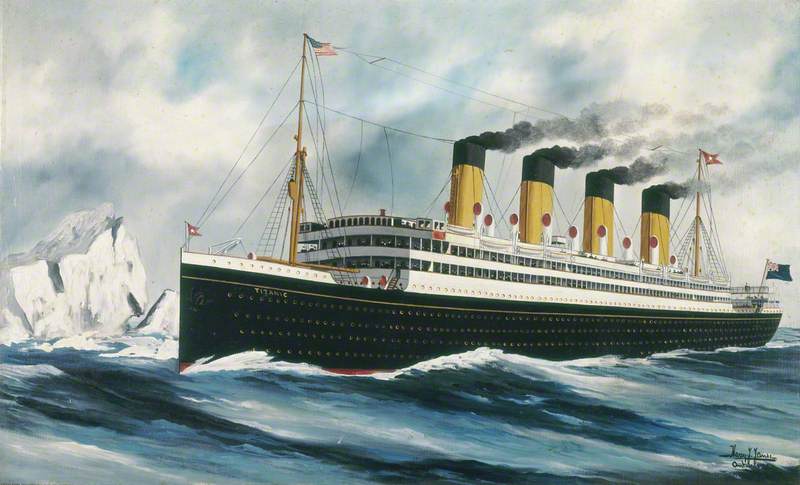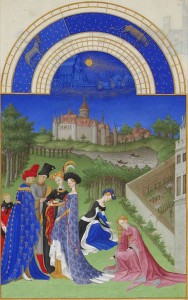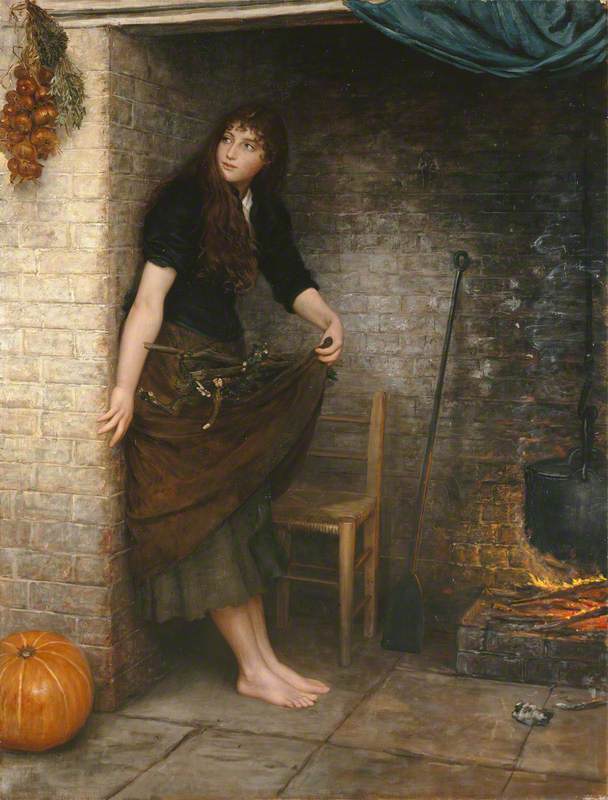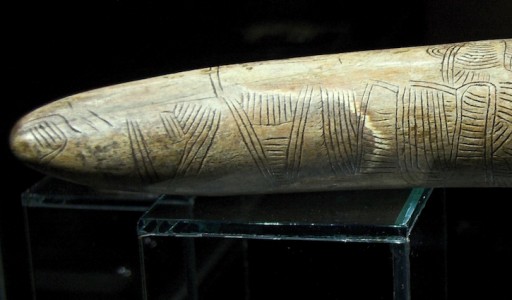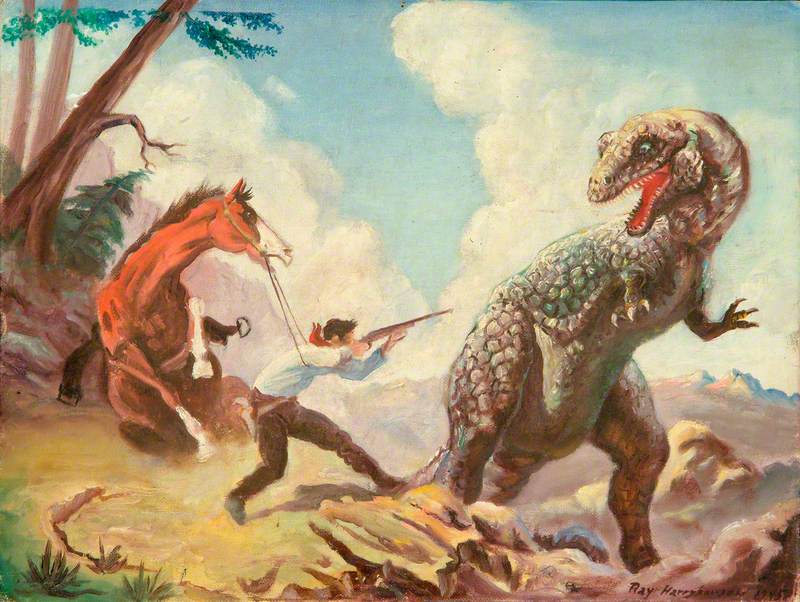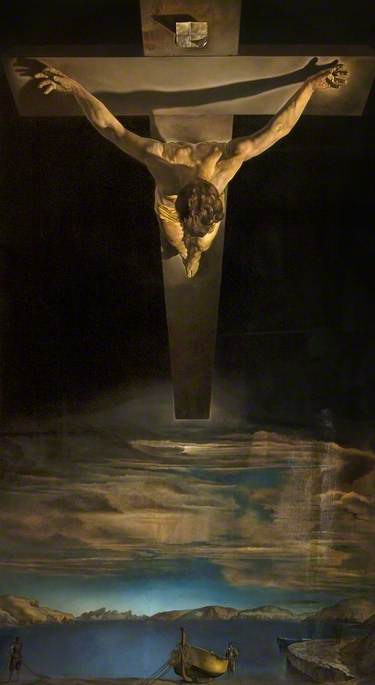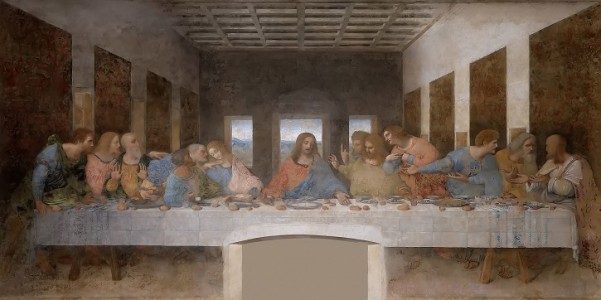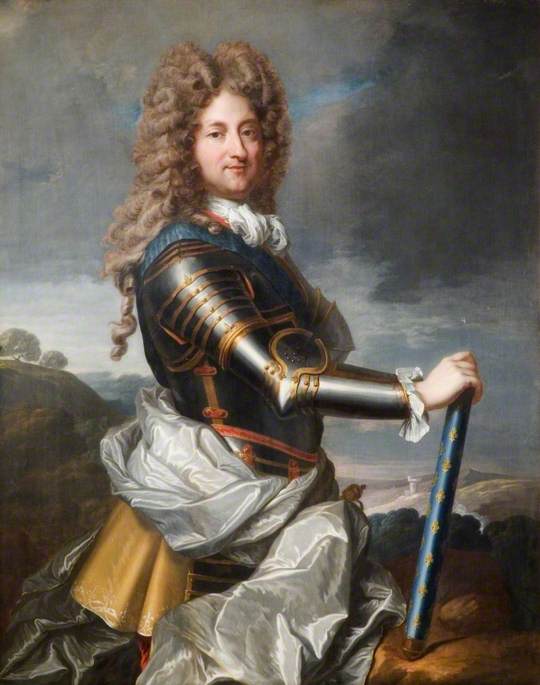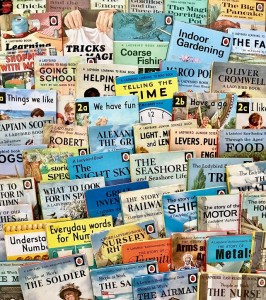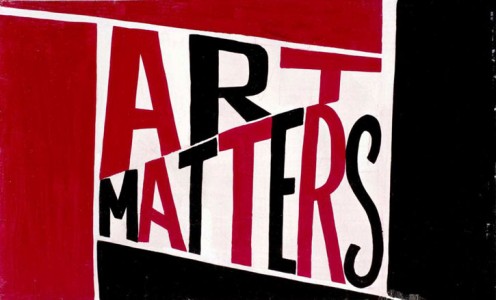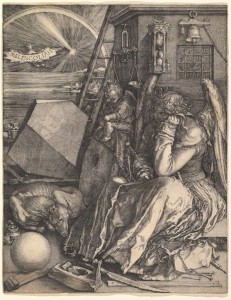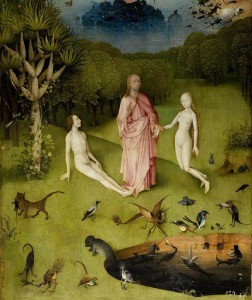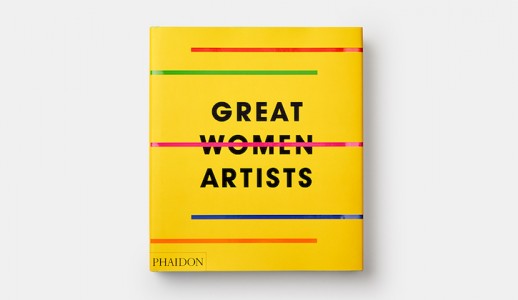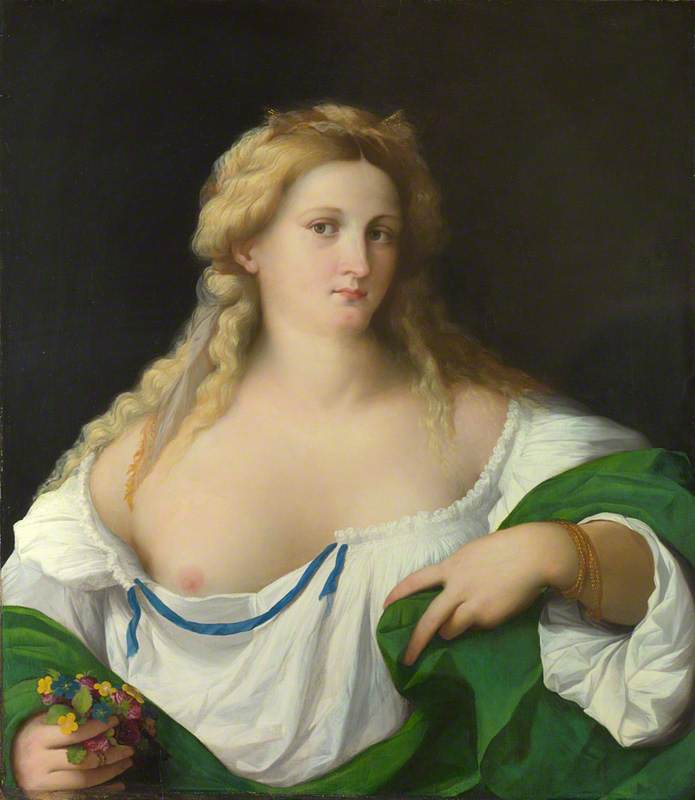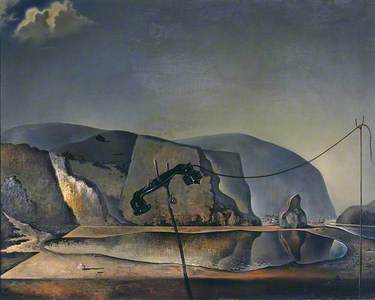Art Matters is the podcast that brings together pop culture and art history, hosted by Ferren Gipson.
Download and subscribe on iTunes, Stitcher or TuneIn
In the title sequence for Alfred Hitchcock’s television series, Alfred Hitchcock Presents, the show opened with a sketch of the director that he drew himself. What comes to mind when you think of Hitchcock? Is it his iconic films? His status as a master of suspense? What about his love of art and design?
‘His interest in art began when he was just a teenager and he began attending art classes around 17 or 18 years old. That’s when he started really haunting the museums in London,’ says Joel Gunz, writer
Joel told me that he first became interested in Hitchcock as a teenager, and his admiration grew as he watched documentaries and read biographies on the director. In the course of learning about Hitchcock, Joel became aware of his deep connection to fine art and design. ‘The Montreal Museum of Fine Arts put on a show called 'Hitchcock and Art: Fatal Coincidences', and the purpose of the show was to demonstrate his relationship to art. As you walked through the galleries of the museum, they would have movie stills next to paintings that had either influenced that scene or demonstrated an interesting correspondence.’
Hitchcock was a lover and collector of art, counting Auguste Rodin, Paul Klee, Georges Rouault, Maurice Utrillo
He also enjoyed the realism of Edward Hopper’s work, and Hitchcock sought to bring a similar representation of everyday people to film – atypical in an era of showcasing glamorous lifestyles in movies. Hopper had a penchant for going to the cinema, and it’s been observed that his paintings have a cinematic quality in content and aspect ratio. Hitchcock wanted to tap into the eerie loneliness of a Hopper painting for his own stories, and there are many side-by-side comparisons that can be made between their work.
‘The Bates mansion is modeled in part on House by the Railroad, Edward Hopper’s famous painting,’ says Joel. ‘[Actor] Anthony Perkins conceived of himself as a Hopper painting as he was developing the character, so he had these conversations with Joseph Stefano, the screenwriter, about what that means and what that’s like to be a character in a Hopper painting.’
One artist Hitchcock had a direct working relationship with was Salvador Dalí. Dalí’s work is quite different from the serene scenes by Hopper, but Joel explained how Hitchcock and Dalí worked together to create a surreal brand of suspense. ‘In his 1945 movie, Spellbound, the dream sequences were painted and created by Dalí,’ says Joel. ‘But then you see these Dalían touches throughout his films. In Psycho, there’s a scene where Marion Crane’s sister goes into the mansion, walks into
You may know that Hitchcock worked with Saul Bass for some of his iconic title sequences, but Before working with Bass, Hitchcock worked with Edward McKnight Kauffer, an artist and graphic designer celebrated for his poster designs. Hitchcock began his own film career creating title cards, so
Bass worked with Hitchcock to design the title sequences for three of his most famous films: Vertigo, North by Northwest and Psycho. He also designed the poster for Vertigo. Once again, the motifs in these sequences were carried out across the films. ‘[Hitchcock] conceived of his films as an execution of graphic art so he could work with the best, who was Saul Bass at the time,’ says Joel. ‘His collaboration ran so deep that Saul Bass actually storyboarded the murder in the shower in Psycho.’
Hitchcock worked with Abstract Expressionist John Ferren in a similar capacity to design a dream sequence in Vertigo, and also commissioned paintings from the artist to feature in scenes. This is yet another way that the director worked to incorporate art throughout his films. He might include commissioned works, or art from his personal collections to underscore the themes of a pivotal scene.
‘He very much lived an artist’s life,’ says Joel. ‘The boundaries between his daily life and art were very much blurred. He ate, drank and slept filmmaking and the movies. He amassed this art collection, and I think it was part of a larger strategy to become his films; so that in the writing and producing of them, they would come from a deep, personal space.’
You can hear much more detail on this topic by listening to the full episode via the links above. Beyond the episode, you can explore even more Hitchcock geekiness over on Joel’s blog, Alfred Hitchcock Geek, and he also has a project called Freak the Geek where you can challenge him to find an Alfred Hitchcock connection to any film. If you’d like to step into the world of Hitchcock and Hopper yourself, you may be interested in Cornelia Parker’s PsychoBarn installation currently in the Annenberg Courtyard of the Royal Academy of Arts.
Explore more
Lights, camera, paintings: art in the movies
Art in the movies: the sequel
Top artist biopics
Listen to our other Art Matters podcast episodes
